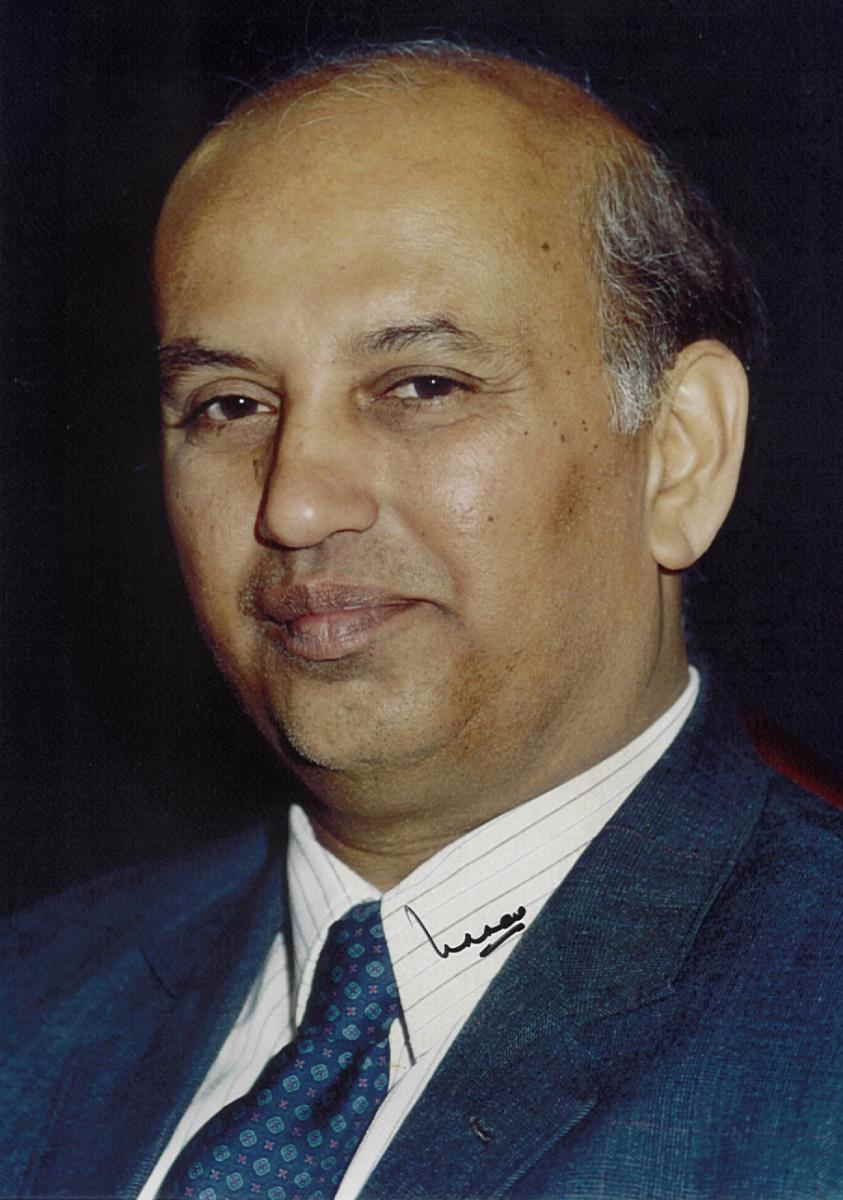In a doodle, Google today drew global attention to Udupi Ramachandra Rao, the shining star of Indian space who is celebrating his 89th birth anniversary. Rightly known as “India’s Satellite Man”, Rao, a space scientist, apexed the Indian Space Research Organisation from 1984 to 1991. He drew international attention when supervising the launch of “Aryabhata” in 1975, India’s first satellite.

The Doodle features a sketch of Rao with a background of the Earth and shooting stars. The description reads: “Your stellar technological advancements continue to be felt across the galaxy,” Google wrote in its description.
Achievements
Way back in 1972, Rao on realising the vital need to use space technology for India’s rapid development, took on the responsibility of building satellites. Besides “Aryabhata”,the first Indian satellite that took to the skies, he supervised the launch of over 18 satellites, which revolutionised communication, remote sensing and meteorological services.
In 1984 on assuming the charge as the Chairman of Space Commission and Secretary, Department of Space, Rao took on the cudgels to accelerate rocket launches. His impressive exertions soon bore fruit. Under Rao's supervision, India successfully launched ASLV rocket and the operational PSLV launch vehicle, which could launch 2.0 ton class of satellites into polar orbit.
Further, in 1991, Rao, initiated the development of the geostationary launch vehicle GSLV and the development of cryogenic technology.
Early life
Born in 1932 in the remote Karnataka village of Adamaru, Rao began his early education in the hamlet. After his secondary education from Christian High School, Udupi, he went on to do B.Sc from Anantpur’s Government Arts and Science College, and M.Sc. from Banaras Hindu University. It was here, under the guidance of the famed scientist and father of India’s space programme, Dr. Vikram Sarabhai, Rao completed his doctorate at the Physical Research Laboratory, Ahmedabad. This was a real turning point in his career.
Following completion of his Ph.d, Rao worked as a professor and conducted experiments on National Aeronautics and Space Administration’s Pioneer and Explorer space probes.
Returning in 1966, at the Physical Research Laboratory, Rao, initiated an extensive high-energy astronomy programme for space sciences, before heading India’s satellite programme in 1972.
Rao published over 350 scientific and technical papers covering cosmic rays, interplanetary physics, high energy astronomy, space applications and satellite and rocket technology and authored many books.
Laurels
Rao was awarded Padma Bhushan in 1976, and Padma Vibhushan in 2017. He holds the singular distinction of being the first Indian space scientist to be inducted in the prestigious Satellite Hall of Fame at Washington DC, USA and “IAF Hall of Fame” at Guadalajara, Mexico.
A truly global figure, Rao was the recipient of D.Sc. (Hon. Causa) Degree from over 25 Universities including University of Bologna, the oldest University in Europe.




















